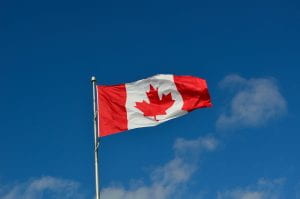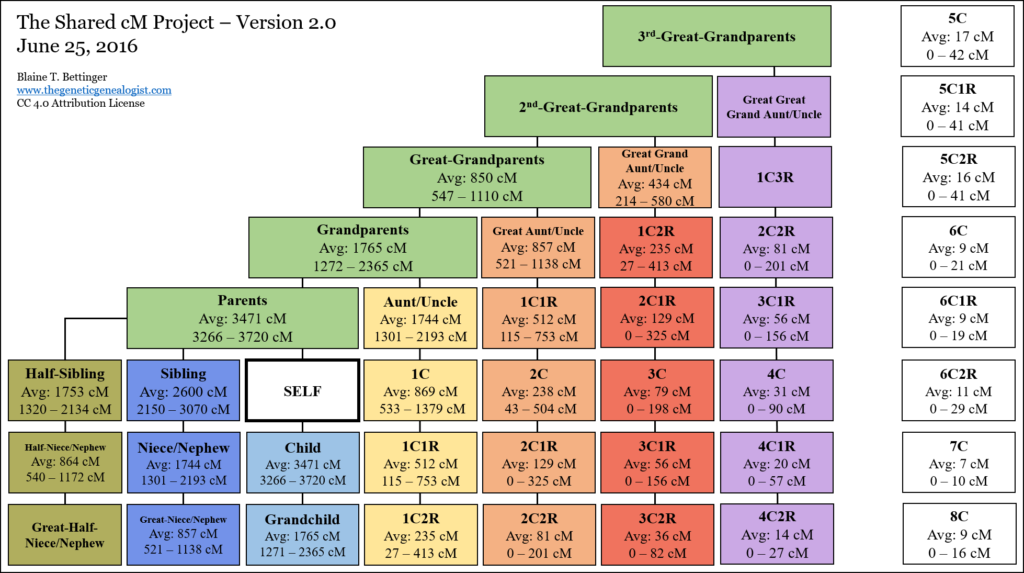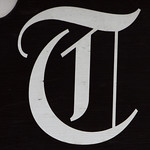Over the past few weeks, I have been helping some new cousins work out their matches. I thought I would write a post explaining what I do when I get a new DNA match. You could do something similar the first time you see your DNA match list.
I asked permission from my new cousin Sue E, who you met in a previous post, if I could use her results with my mum. It was after that post that Sue E decided to do a DNA test.

Step 1. Do I recognize the name?
I look at the name. Do I know it? Probably not unless they are near the very top of my list. But in this case the new match’s surname was England which is the same as my mother’s maiden name. So Sue E probably matches through mum’s father’s line somewhere.
Step 2. How much DNA do we share and how are we related?
The higher the amount of DNA (cM) we share, the closer the match. Sue E shares 323cM. According to Ancestry, this could be 2nd-3rd cousin. But I always check the Shared cM Project on DNAPainter to see more accurate options for relationship.
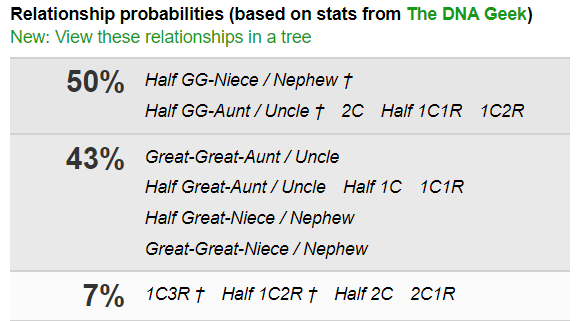
Step 3. Do we have common ancestors?
This means there are people on both the trees of Sue E and mum who could possibly be a common ancestor. I notice Sue E has a public linked tree meaning her DNA is linked to her tree and the tree is available to the public on Ancestry. She also shows common ancestors. If there were no common ancestors mentioned, I would still look at the tree. So I click on the common ancestor link (using right click open in new tab) so I now have two tabs open. One with the common ancestor/tree info and one with mum’s DNA match list.
We now see that mum’s paternal grandparents Henry Lewis England and Julia Charlotte Chandler are related to Sue E as her paternal great great grandparents. This would mean mum and Sue E are possibly 1st cousins twice removed 1C2R which is one of the 50% options on the Shared cM Project chart above.
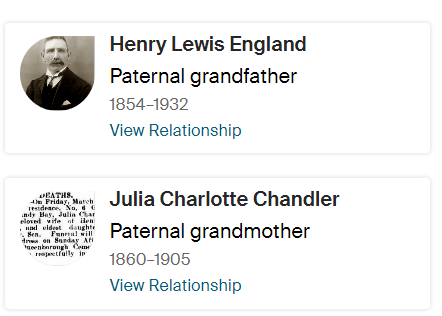
Step 4. Adding to tree
Now knowing where Sue E fits on mum’s tree, it is time to add her to the tree and tag her as a DNA match. So I open mum’s tree in a new tab and make sure it is in pedigree mode. I then click on one of the common ancestors Henry or his wife Julia, Then click on his profile. Notice mum’s father and grandfather were both named Henry Lewis England so I had to make sure I had the correct common ancestor to Sue E.
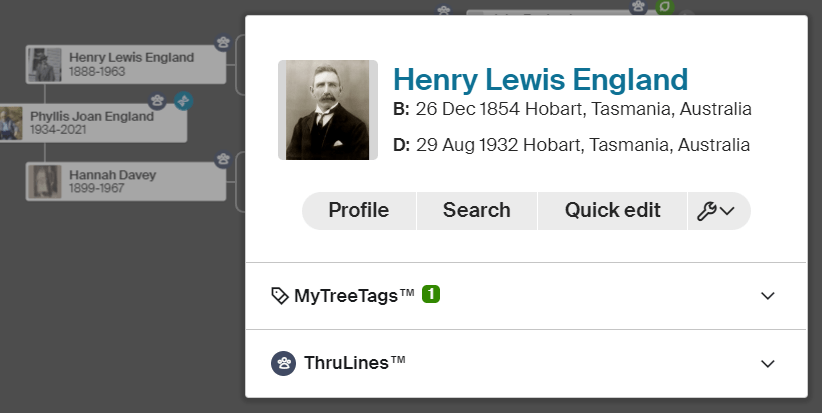
When adding Sue E to mum’s tree, I need to have the information from Sue’s tree showing how she is related to Henry and Julia. I already have that page open in another tab which we had clicked for Common Ancestors. On Henry’s profile page, I have Henry and his spouse Julia, with their four children listed – Ruby, Henry jun, Gladice and Lucy. Looking at Sue’s tree her ancestor is Lucy. So I click on Lucy.
But if I didn’t have Lucy there, I would have clicked on Add family. Then add what I knew of Lucy from the information on Sue E’s tree. Notice, if you click on a person’s name in any tree it will give you the general information of birth and death of that person. If you want more information about that person, you then click on the word Profile. But I don’t need to do that as I only want the basic information about Lucy.
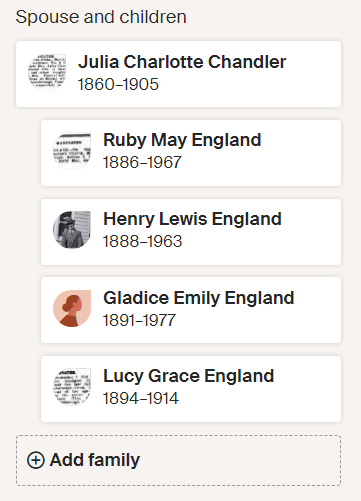
I now click on Lucy Grace England and it will take me to her profile page. Looking at Sue E’s tree the next ancestor I need to add is Lucy’s son Lewis Maxwell England. No father’s name is mentioned so I don’t add a spouse, but I do add family with Lewis’s information from Sue E’s tree. I then click on Lewis to get to his profile page. I now add his spouse and his son Arthur John who is Sue E’s father. This information is again on Sue E’s tree for me to use. I finally click on Arthur John England, add his spouse, add Sue and her brother also known as Arthur John.
Sue E is finally on mum’s tree as are the ancestor connections between Sue E and Henry Lewis England and Julia Charlotte Chandler who are the Common Ancestors between mum and Sue E.
Step 5. Adding DNA tags
To make it easy for people looking at your tree on Ancestry to know if someone is connected via DNA, they have created special DNA tags. You add these on a person’s actual profile page. There are three of them:
- DNA match – this would be Sue E
- DNA connection – this will be Sue’s father Arthur John, his father Lewis Maxwell and his mother Lucy
- Common DNA ancestor – which will be Henry Lewis England and Julia Charlotte Chandler
Let’s start with the DNA match Sue E on her profile page. Click on the symbol +tag
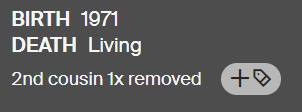
This will then open a new side page with a list of tags you can use. Click on the down arrow next to DNA tags and the options will appear.
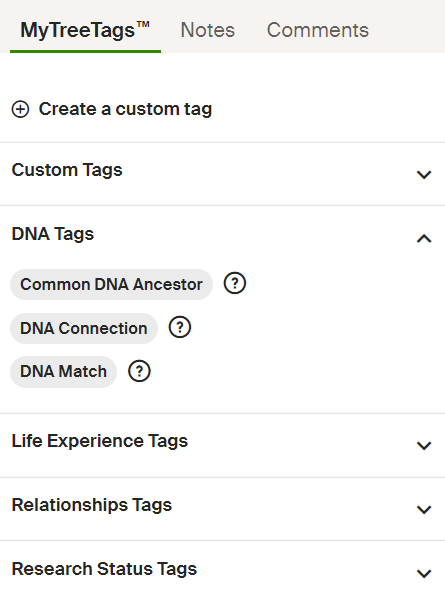
Sue E is the DNA match to mum so click on that tag. This will now appear under Sue’s name at the top of her profile page. If you make a mistake just click on the incorrect tag in the sidebar and click on the correct one.
Now who are the connections between Sue and Henry and Julia?
- Sue’s father so from Sue’s profile page click on her father’s name. This will now open his profile page. The side page with tags should still be open so click on DNA connection.
- Who is Sue’s next connection? Her father’s father Lewis. Click on him to get to his profile page and click DNA connection.
- The next connection is Lewis’s mother Lucy. Click on her name then click DNA connection for her.
Now Lucy’s parents are Henry England and Julia Chandler. They are the common ancestors between Sue E and my mum, so click on Henry but add the tag for Common DNA Ancestor. Do the same for Julia Chandler.
Step 6. Changing relationship, adding notes and coloured dots
So Sue E is now on my tree, I know she is mum’s 1C2R and I know she is part of the England/Chandler group. I go back to the tab that has the common ancestors and Sue’s tree on it.
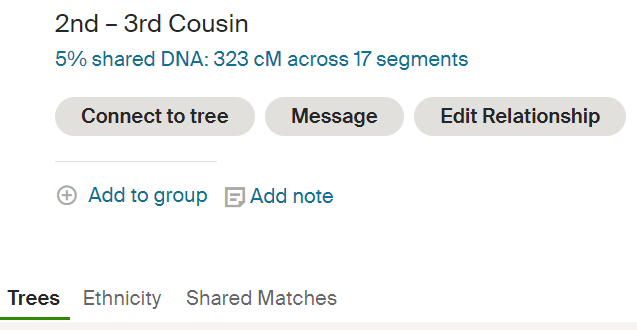
I now edit the relationship. Sue is related on mum’s father’s side of tree and she is 1C2R.
Next I add to group. I create a group called England branch and another called Chandler branch. I then click each of these to add Sue to these groups.
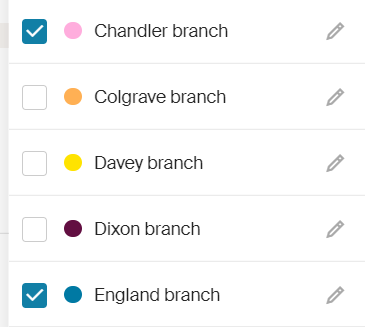
Usually I now add a note reminding me how Sue is related to the common ancestor:
Sue E – her father – Lewis Maxwell – Lucy England – common ancestors: Henry Lewis England and Julia Charlotte Chandler.
These notes will appear on mum’s DNA match list under Sue E’s name helping me when sorting other matches.
Next I connect to tree. This allows me to quickly view Sue E on mum’s tree. It will show a large green tree on mum’s DNA match list, so I know I have added Sue E to the tree.
The top of this page has now changed to look like this.
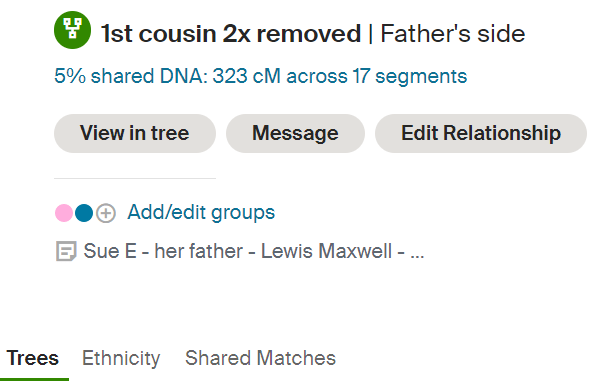
Step 7. Do Sue E and my mum share any matches?
If they do, then those matches should also have the same coloured dots. But remember some people might match you in more than one set of common ancestors. You might have some double cousins – these will have higher amounts of cM shared. If you come from a family with endogamy, then you will have many shared matches. Those matches with low cM might only match on one side of the common ancestors as they go back more generations.
But mum and Sue share 29 matches ranging from 20cM (Ancestry sets this limit showing shared matches) to 3467cM which is my brother. I have worked out where 21 of these matches fit in mum’s tree and have already added them and other information as mentioned in this post.
Finally, here is what I now see on mum’s DNA match list when we look at Sue E. Compare this to the first image on this post which is what I saw when Sue was an unknown DNA match.

Readers: I know this has been a long post but I hope it has helped you a bit when working with a new DNA match.

